*The program took place from August 21st through August 25th.
Message from the director, Mr. Andrew Schneider:
My name is Andrew Schneider and I`m originally from NYC. I have been teaching Medical ESL and Cross-Cultural communication at Kanazawa University School of Medicine since 2010 and have been running a 2-week NYC study program for a select group of medical students and residents since 2012. Demand is tremendous and the selection process is never easy. Motivation, maturity, and confidence are what I look for most in our participants.
We have had the great honor and privilege to work with JMSA since March of 2014.
I heard about JMSA by chance and essentially cold-called the organization, hoping our group could meet briefly with Japanese Physicians living and working in the US. I felt it would provide the group with a unique perspective on their studies and careers. Drs. Iwahara, Anzai, and Ramani invited us for dinner and instantly made us feel welcome. Little did I know then that we would go on to develop an annual shadowing program for our group going on almost 10 years! So many JMSA members open their doors to us each year. It’s by far the highlight of our 2-week study in NYC. For this we continue to be forever grateful. Thank you JMSA!
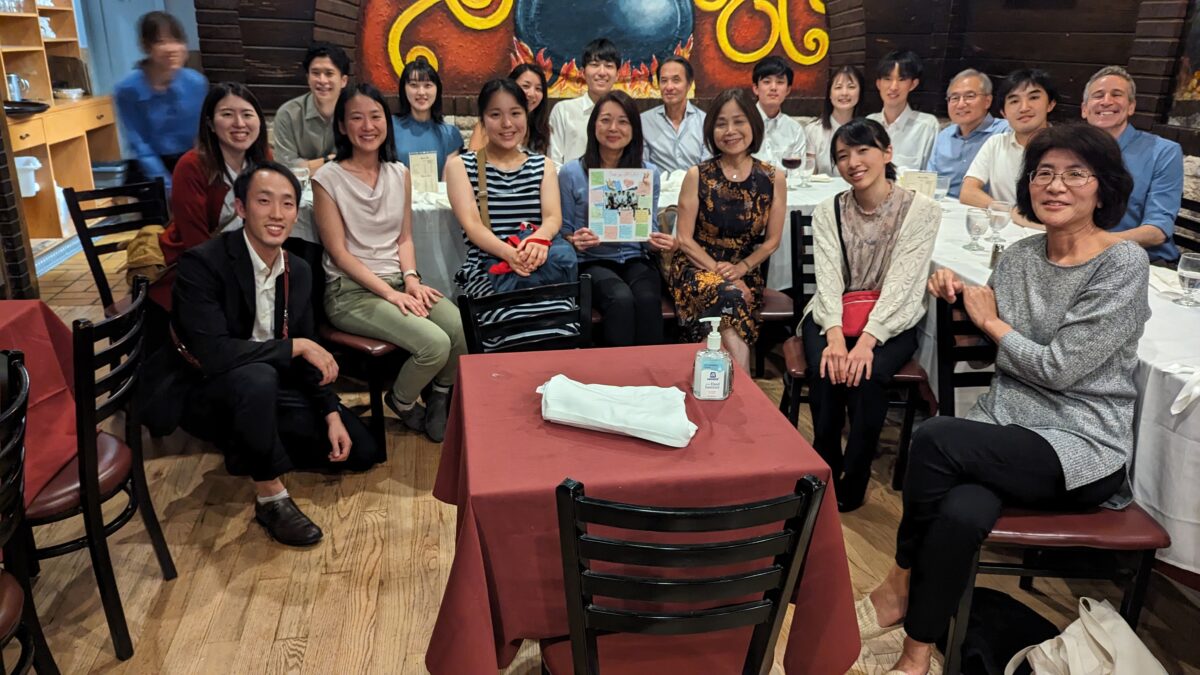
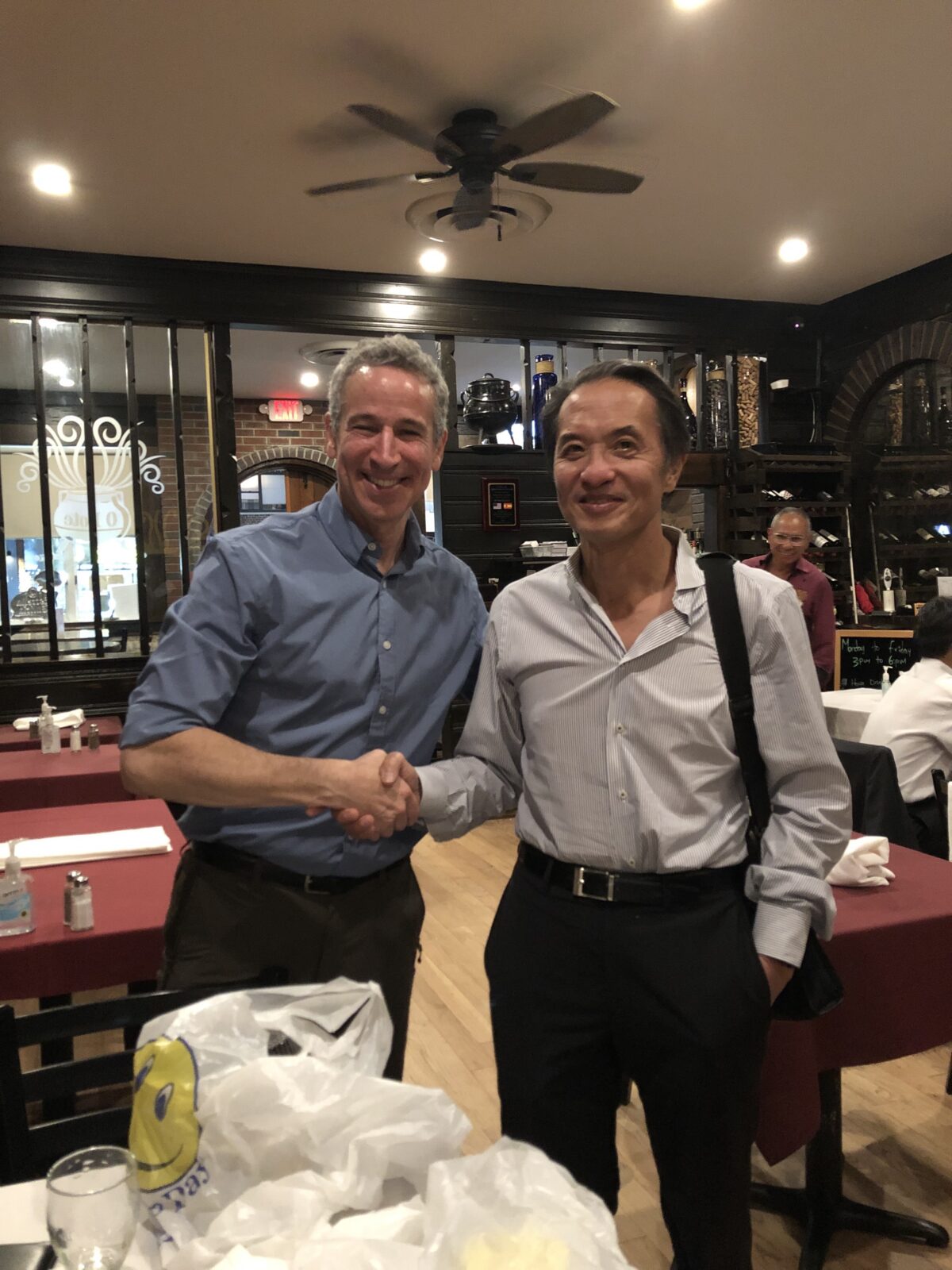
Reflections from Yusuke Yamamuro:
This summer, I had the privilege of participating in a two-day program at the Japanese Medical Practice in Hartsdale, New York. There, I had a chance to meet Dr. Maki Kano-Lueckerath, the president of the Japanese Medical Society of America (JMSA). During these two days at Japanese Medical Practice, I learned a great deal from Dr. Kano.
Dr. Kano is a specialist in both pediatrics and internal medicine. So, many Japanese children living in Harrison and Greenwich come to seek her services. They visit her not only for medical concerns but also to meet vaccination requirements mandated by the state. Dr. Kano mentioned that sometimes people have difficulty with vaccinations because of different requirements across states so some people visit her to receive additional vaccines. When comparing the clinical environment of Japan and the USA, the insurance system appears to be the most significant difference. During the shadowing, she mentioned that she needed to contact the insurance company to confirm that the planned test for the patient was covered by the insurance. This was a new experience for me since it is not commonly practiced in Japan. In contrast to the USA, Japan has a Universal Health Insurance System that requires all citizens to have public medical insurance. This system covers about 70% of the total medical cost so that everyone can receive necessary treatment at a low cost. Because of that, doctors in Japan don’t need to contact insurance companies regarding coverage.
Shadowing Dr. Kano in medical interviews, I observed some differences in the way medical interviews are done as well as how she communicates with the patients compared to Japan. In Japan, it is typical for the doctor to be in the examination room, and the patient comes in with normal clothes. On the other hand, in the USA, patients are often given gowns and wait in the examination for the doctor to come in. Additionally, Dr. Kano did not immediately start typing up the medical record. Instead, she started by greeting the patient face-to-face, maintaining eye contact and a developing a nice rapport as she gathered information. Once the interview was over, Dr. Kano went back to her office room to finalize the records and prescriptions. This approach is not common in Japan, where doctors usually type up records as they collect information. Also, in Japan, prescribing medicine is usually a part of the interview. Observing Dr. Kano during the medical history, I learned how important it is to directly communicate with a patient so that you can obtain as much information as possible. I was also quite impressed by Dr. Kano’s ability to communicate with the patient using medical terminology in Japanese. Since she had grown up in the USA and completed both her undergraduate and medical education there, she had never formally studied medicine in Japanese. When I asked her about this, she told me that she learned from the staff at the clinic and by speaking with them in Japanese. I was impressed by how much work she has done to master medical terminology in Japanese as well as her effort to learn something new.
Other than the clinical environment, I learned about the American medical school system in the USA as well as the career path for the medical students there. In contrast to Japan, students in the USA must complete an undergraduate education, take the MCAT, receive a high GPA, obtain a recommendation letter, and write essays to enter medical school. Also, the way the students spend time between undergraduate and medical school varies so there are students with many kinds of backgrounds in the medical school. In Japan, however, medical school is combined with undergraduate education for a total of six years. So, once you enter medical school and graduate from there, you can take a national medical examination to be a doctor. This system allows students to be doctors at younger ages, but it also results in fewer students with diverse backgrounds compared to the USA. It seems that, becoming a doctor in the USA is challenging, but also very attractive as there is a wonderful opportunity to meet with a wide variety of people in medical school.
I am grateful to Dr. Kano for allowing me to shadow the Japanese Medical Practice. I also want to express my gratitude to everyone there for being so welcoming to me, as someone new to the environment. This two-day program was fantastic, and I will make use of what I learned there in the future.
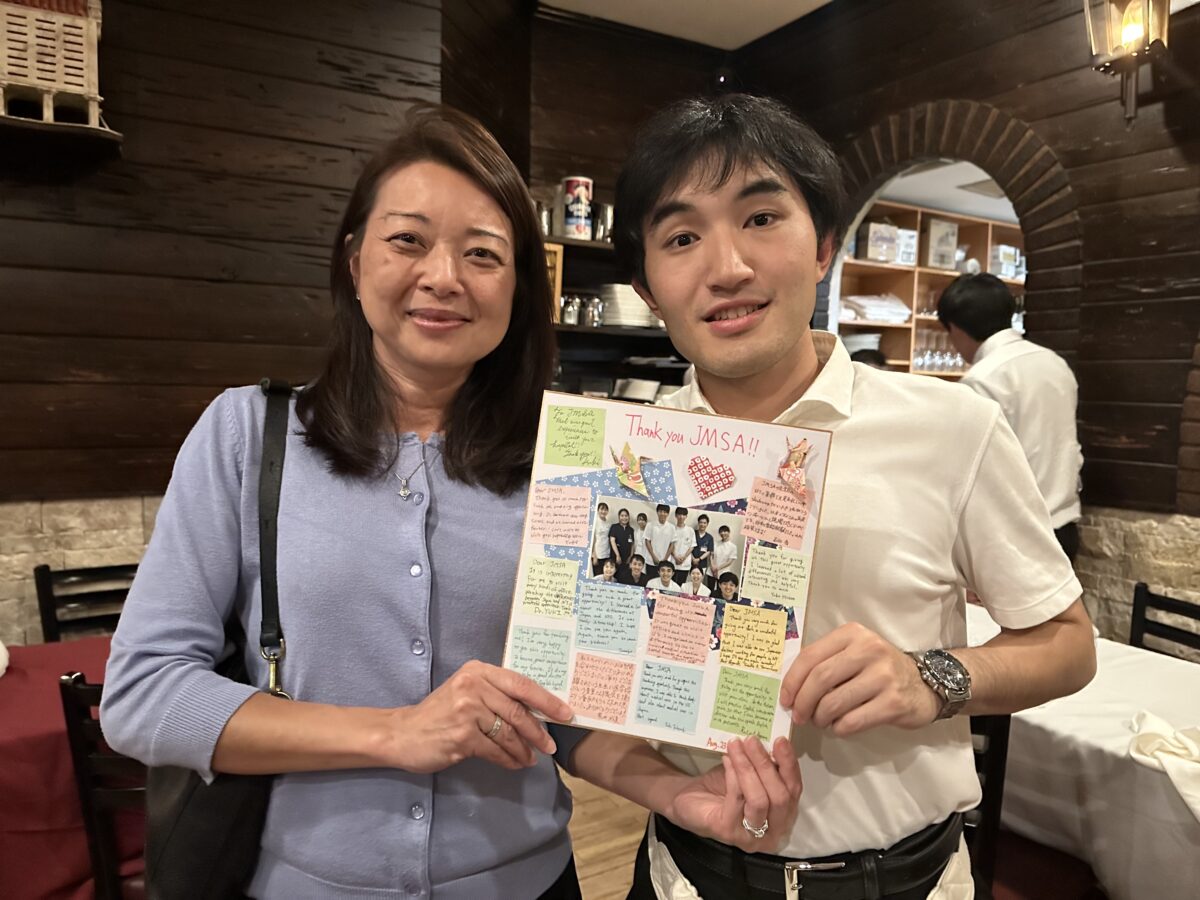
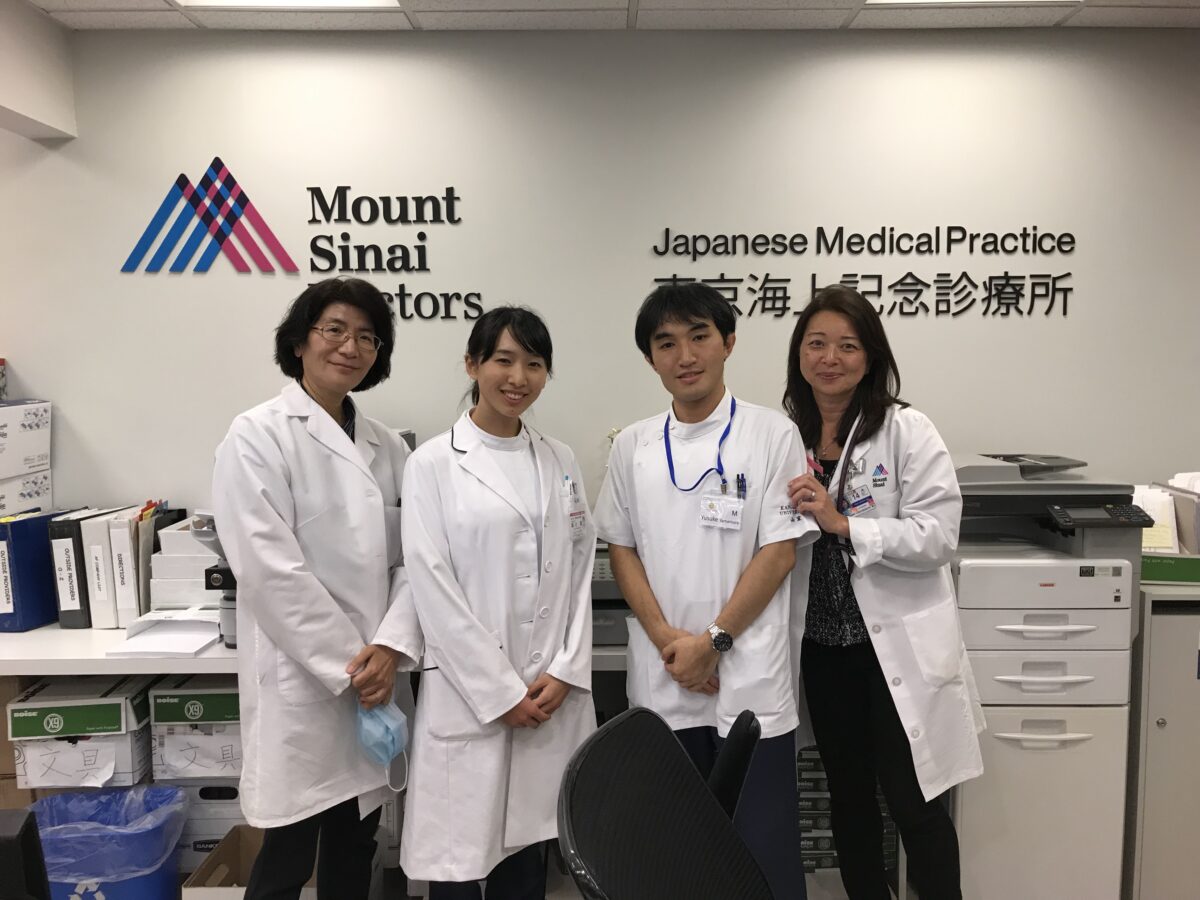
Reflections from Aoi Haraguchi:
During our two-week training program in NYC, I had the opportunity to visit a hospital
where JMSA doctors are working. It was the first time for me to visit a hospital overseas, and there were many new discoveries. I was surprised by the differences between Japan and the U.S., even in the
smallest details. While the U.S. insurance system is different from Japan’s, and what doctors can do is
limited, I was impressed by the way the US doctors thought about the patient’s health and
proposed what they could do within a range that would not be a financial burden to the
patient. I felt that I want to be able to think about what patients need, and try to work with them to
help make their treatment plan.
In addition, during this short time, I was also impressed by the way doctors talked with the
patients about their daily life and asked them if they had any problems, which is something
I rarely see in Japan. I felt that in addition to patients’ health complaints, listening carefully to patients’ problems and stresses in their daily lives would lead to a trusting relationship between them.
Although this hospital visit was only for two days, it was a very educational and enjoyable
two days, thanks to the kindness of the doctors and hospital staff. I hope to be a good
doctor like those I shadowed at the hospital.
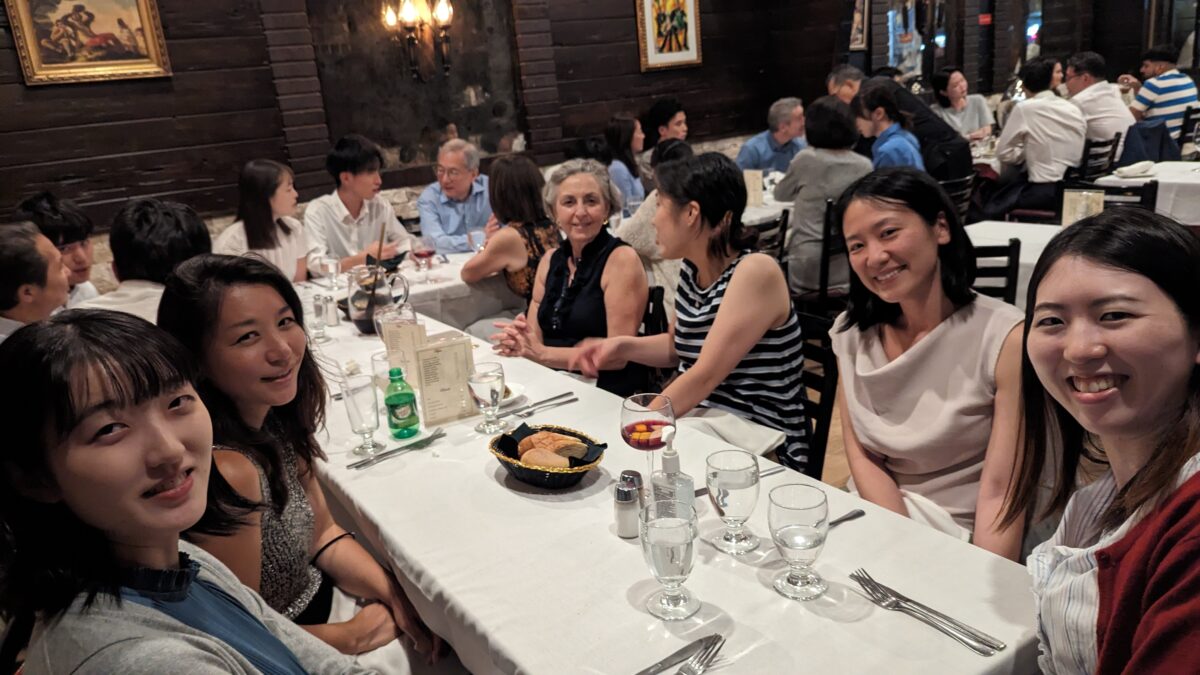
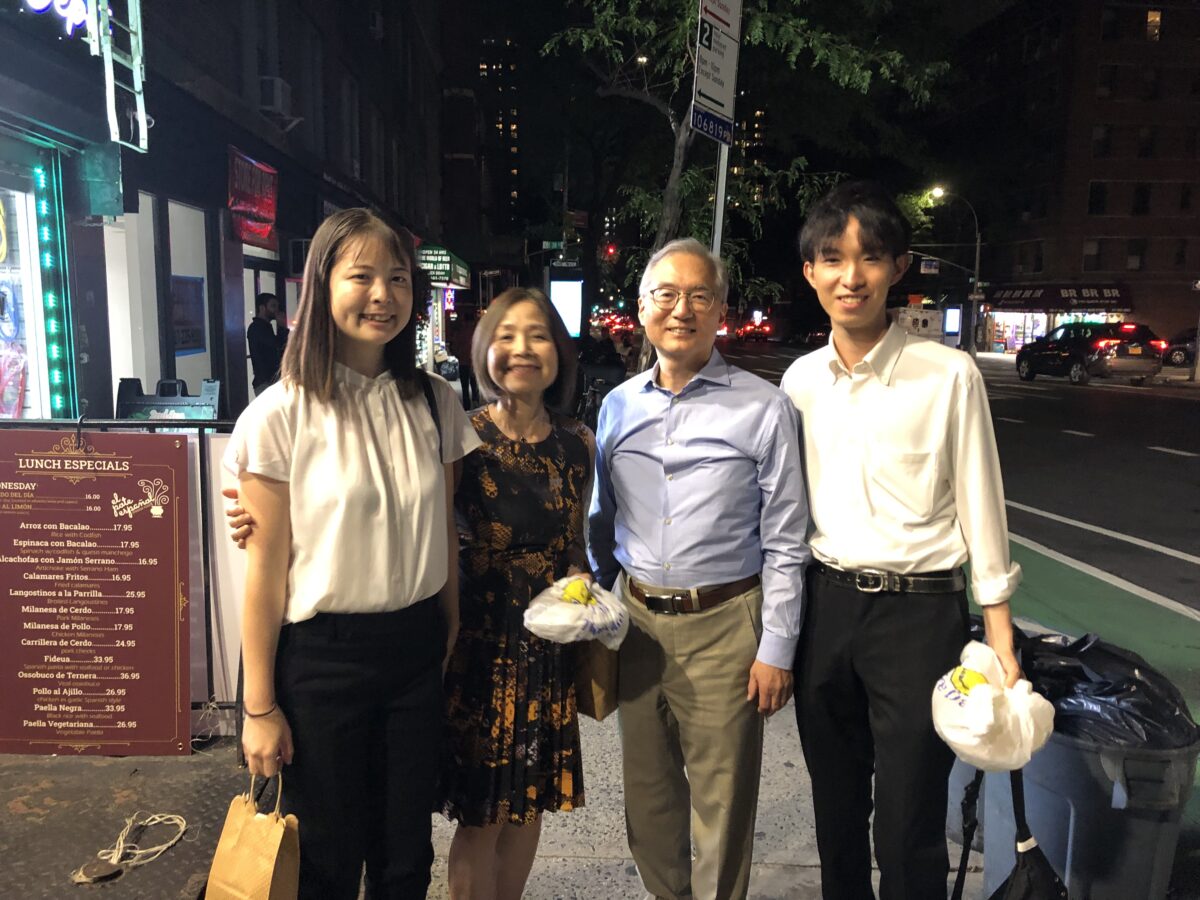
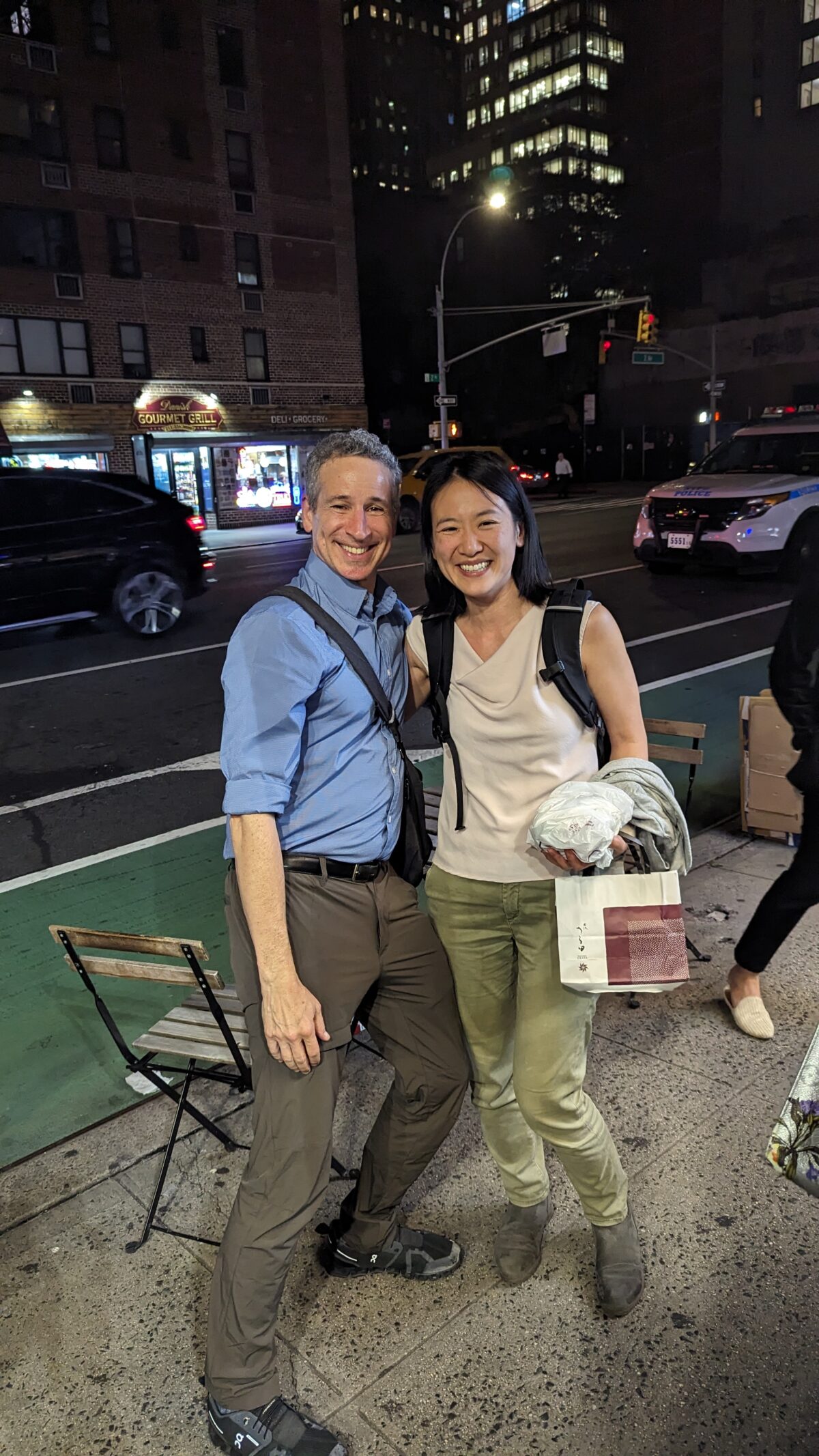
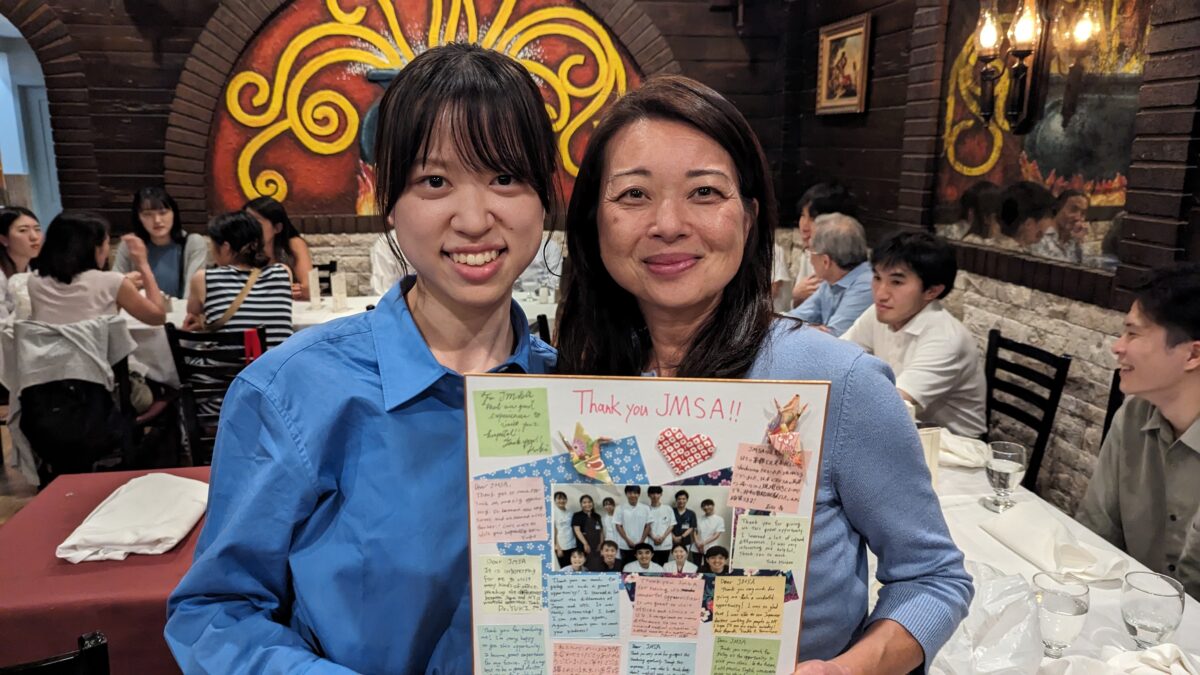
Reflection from Yuko Ishii:
For me, this shadowing program with JMSA was the most impressive experience during my
2-week stay in NYC. I visited Dr. Kanahara and Dr. Rebarber.
One of the most surprising things in Dr. Kanahara’s clinic in Bronx was that more than half
of the patients and staff were LGBTQ people. Plus, I was surprised to know that Spanish is
the first language for half of them. It was almost the first time for me to talk with LGBTQ
people and people in the Spanish communities. I had expected they would be shut out by
their communities, but I was wrong. They were kind and helpful and welcome by everyone.
Compared to Japan, I feel that people in NYC are more open and respectful toward others.
In addition, being able to see female doctors, such as Dr. Kanahara, and Dr. Monteagudo
and Dr. Gelber in Carnegie Imaging For Women, has made this experience more
memorable. I was so impressed seeing them take charge in their clinics. I hope very much
to become such a strong and powerful female doctor like them.
Again, thank you for this amazing opportunity and I will never forget this.
Reflection from Yoka Hirano:
This summer I had the privilege of shadowing Japanese Physicians working in NYC. I
went to Dr. Iwahara’s office on the first day and the second day. He is a gastroenterologist. I shadowed Dr. Asoma, who was an ophthalmologist on the third day. They were both
extremely kind and taught me all about the differences in medical practice between the US
and Japan. Ms. Michiko, who is Dr. Iwahara’s wife, taught me about the insurance system
and American culture regarding lifestyle. I was also able to visit Dr. Iwahara’s endoscopy
center and I was surprised because the examinations were quite different from Japanese
ones. For example, there was an anesthesiologist in each room and the patients were
completely sedated. My impression over the 3 days was that the doctors really make sure
the patients feel comfortable and not have pain. The doctors who could speak both English
and Japanese were trusted by the patients and they were very cool. It was very helpful for
me to have been able to see their medical practice. Thank you for giving me such a great
opportunity.
Reflection from Azumi Futatsugi:
Thank you, JMSA, for granting us the opportunity to shadow! During our visit, we had the chance to explore Dr. Kanahara’s clinic in the South Bronx and Dr. Anzai’s office in Manhattan. Both provided us with a unique glimpse into the U.S. healthcare system, including aspects like health insurance, which differ significantly from those in Japan. Witnessing the practice of telehealth, where doctors consult with patients online, was both novel and eye-opening for us. The doctors and staff at both of these facilities were exceptionally welcoming and supportive toward their patients.
There were several aspects that particularly impressed us. For instance, Dr. Kanahara fluently spoke Spanish to her patients, and in cases where language posed a barrier, she efficiently utilized interpreting services to translate Spanish to English via phone interpreters. This approach facilitated effective communication. We observed certain distinctions from Japan, such as the treatment of AIDS patients, which is relatively rare in our home country. Also, Doctors inquiring about patients’ sexual activity is not common. Nonetheless, it became evident that patients everywhere share commonalities: they grapple with symptoms, mourn the loss of loved ones, and endeavor to manage their illnesses. Conditions such as heart failure, dementia, diabetes, and hypertension were universally prevalent.
This experience provided invaluable insights into the practice of medicine in the United States. We noticed a greater representation of female doctors, a contrast to the prevalent stereotype in Japan where doctors are often perceived as male. In Japan, patients occasionally mistake me for a nurse, reflecting the prevailing stereotype, whereas such misconceptions were not apparent during our observation here. This exposure encourages us to aspire to work as physicians in the spirit of JMSA, fostering a global perspective and offering healthcare to a diverse population. We are sincerely grateful for this enriching experience.
Azumi Futatsugi
PGY2 Kanazawa University Hospital

